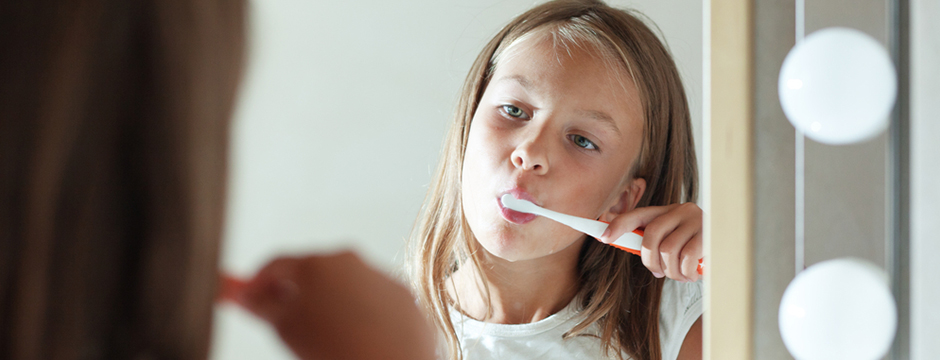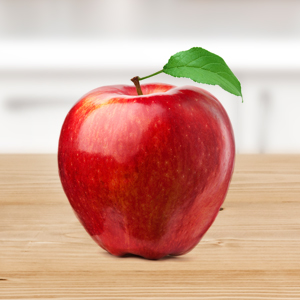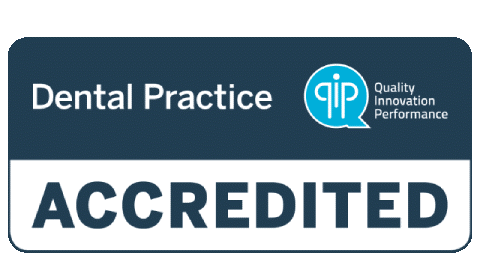Tooth decay & Aussie children: new poll reveals alarming statistics

Australians are still poorly informed when it comes to the basics of children’s dental care. With just a little more education, however, parents can easily care for their children’s teeth – and protect them from a life of tooth decay, chronic infection and pain, health problems, and unnecessary expense.
Incidences of childhood tooth decay are on the rise in Australia, particularly the very young children. This is tragic news, considering the majority of cases are preventable yet occur through the naivete of well-meaning but misinformed parents.
The latest Royal Children’s Hospital National Child Health Poll has just been released this week, revealing some frightening statistics:
- Every year, more than 26,000 Australians under the age of 15 are admitted to hospital to treat tooth decay. This is the highest cause of acute (and preventable) hospital stays.
- One-third of pre-schoolers have never visited a dental clinic.
- Most parents wrongly assume that their child doesn’t need to see a dentist before they are three.
- Of all early primary school children, a quarter of them has tooth decay that requires filling. One in 10 requires tooth pulling (extraction).
- One-third of children aren’t brushing their teeth twice a day.
- Almost 50% of parents don’t know that tap water is better for teeth than bottled water.
“A standout feature from the poll reveals that most Australian parents lack the basic knowledge to prevent tooth decay in their children. There is much confusion around diet, when to take a child to a dentist, and how often they should brush a child’s teeth.”
How to care for your child’s teeth
- Understand that milk teeth are important
Although milk teeth aren’t permanent (they fall out over the ages of six to 12), tooth decay at any time can be extremely damaging to a child’s health and well-being.
Left untreated, a young child’s decaying teeth can cause chronic pain and infection. This can cause them considerable pain eating, concentrating and playing, and can even impact their growth. If milk teeth are extracted, a child is left toothless, and unable to chew, bite or talk easily until the adult teeth appear. And, as there are no “space savers” for the adult teeth, they can drift into the mouth in poor alignment, causing even more problems.
“One in five parents indicated they thought it didn’t matter if young children got tooth decay since their baby teeth fell out anyway.”

- Take your child to the dentist early
Most dentists recommend you take your child to the dentist when the first tooth erupts, or approximately at the age of 12 months. (A recent poll revealed only 17% of children had visited the dentist by the age of two)
By visiting the dentist early, you can:
- allow your child to adjust to the idea of visiting a dentist
- have a dental professional inspect your child’s mouth and ensure that their teeth and gums are kept healthy
- educate the parent and child on correct dental care
- correct any problems quickly, avoiding potential costly treatments further down the track
Tooth decay can start surprisingly early, with serious problems eventuated even as young as two, requiring hospitalisation for infection and pain.

- Clean your child’s teeth twice a day
For babies, we recommend using a cloth to wipe the child gums. Once teeth have appeared, progress to a soft toothbrush with a minimal amount of children’s toothpaste (from 18 months of age). Parents should help their children clean their teeth to ensure that they perform the task properly.
- Address diet

The poll found that 25% of children under five are regularly put to bed with a bottle of sweetened or milk-based drinks – a practice strongly linked to tooth decay. To avoid this, ensure your child has finished drinking and has had their teeth cleaned before they go to bed.
Avoid sugary foods and beverages. Fortunately, most adults are aware of this; however, many parents fail to realise how much sugar is added to their child’s food.
- Drink tap water
Cost is an issue for many young families. Although dental services don’t have the same government backing as their medical counterparts, some help is available. If you qualify for the Family Tax Benefit Part A or Parenting Payment, you will be eligible for the Child Dental Benefits Schedule, where you can receive up to $1000 worth of treatments over two years for your children between ages 2 to 17.
- Make the most of your health insurance
If you have private health insurance, check your schedule and make the most of your entitlements. Many funds, such as HBF, include a free annual scale and clean, which can be extended to your children.


